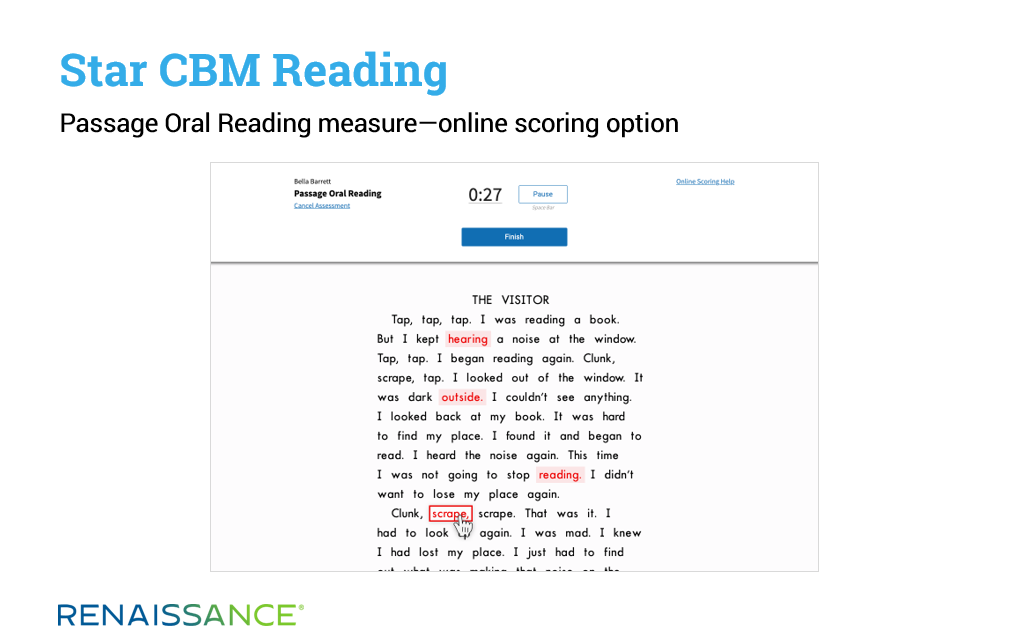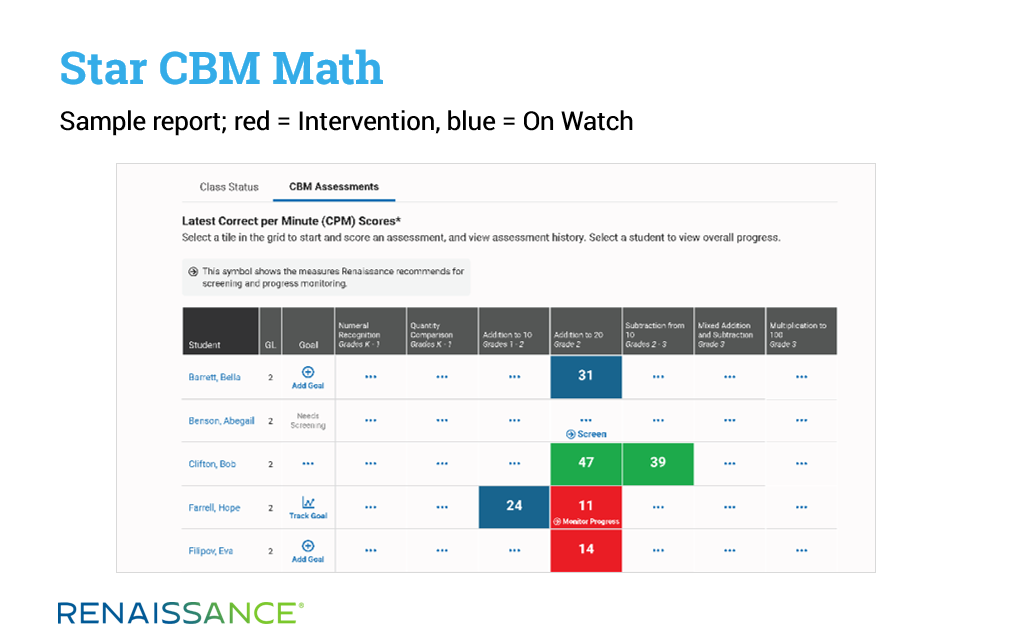September 9, 2020
The 2020–2021 school year is shaping up to be like nothing we’ve seen before—and will hopefully never see again. Schools have been planning for a variety of scenarios, including in-person instruction, remote instruction, “hybrid” models where students and teachers are together on some days and interact remotely on others…and everything in between. We also expect that schooling will change over the course of the year, perhaps moving back and forth among in-person, remote, and hybrid models.
The uncertainty of this, and the challenges associated with making any of these instructional models work well for every student, is daunting. How do we prepare? How do we quickly switch from one mode or approach to another? And, most importantly, how do we ensure that we’re doing the best we can for all of our students?
We know that the uncertainties due to the COVID-19 pandemic—uncertainties around schooling and so many other parts of our lives—make learning difficult. This is true for all K–12 students, but it’s particularly an issue for our younger learners. For these students, the consistency of their relationship with their teacher, the routines of participation and learning, and their needs for more “hands-on” support to continue mastering the foundational skills of reading, mathematics, and other content areas make this time especially challenging.
We also know that, for some elementary-school students—particularly those who were struggling before COVID-19 and those who’ve experienced significant challenges since its arrival—the risks are even greater. Last spring, some students had difficulty accessing online educational resources and did not participate fully in what their schools had to offer. In spite of everyone’s strong commitment, these students simply were not able to get the instruction, experiences, and support they need to continue their trajectory of academic achievement.
In this blog, I’ll explain how Star CBM, a new tool that’s now available to teachers and students, will support teachers’ efforts to connect with their younger learners, to stay “plugged in” to their learners’ achievement and growth, and to help these learners get the greatest benefit from daily instruction, whether this is provided face-to-face or remotely.
Using Star CBM for screening and progress monitoring
As its name indicates, Star CBM is a curriculum-based measure. Over the last few decades, curriculum-based measures have become common, well-accepted approaches to educational assessment in both elementary and secondary classrooms. Originally developed by Stanley Deno and his colleagues at the University of Minnesota in the 1970s, CBMs are trustworthy, efficient, and instructionally relevant tools for teachers to monitor progress and evaluate interventions in reading, math, and other academic areas.
Star CBM provides this trustworthy, useful assessment in reading for students in grades K–6 and for math in grades K–3. Teachers administer Star CBM to students individually, getting to see each of their students “work” with academic content appropriate for their grade level. Each Star CBM session is brief (completed in one minute), simple to score, and has flexible administration options that include online (where the student and teacher both work on computers or tablets), paper, and a mix of the two (with the teacher scoring on a device while the student views a paper form).

There are two primary ways Star CBM can be used, regardless of whether you’re assessing students in-person or remotely. First, you can use Star CBM to screen students in fall, winter, and spring. Here, all students complete a grade-appropriate measure, and each student’s score is compared to seasonal norms and benchmarks, which are standards for academic achievement at that point in time. Based on their performance, students are noted to be in one of three groups:
- At/Above Benchmark, suggesting they are making expected academic progress;
- On Watch, indicating that achievement may be lagging below expectations and the student should be monitored carefully; or
- Intervention, where the student’s achievement is far enough from the expectation that some specialized intervention is needed.
It’s the students in the last group, “Intervention”—and perhaps in the second group, “On Watch”—who warrant our special attention at any time, but particularly at the moment we find ourselves in today. Noticing these students’ need for intervention, and providing that support as soon as possible, will go a long way toward reversing the “COVID-19 Slide” that we worry the pandemic is causing for some students.
Star CBM can also be used to monitor progress for some students, particularly those needing specialized intervention and/or those who are “On Watch.” For these students, you can re-administer Star CBM measures to gauge whether your teaching is producing the needed learning. Like monitoring steps per day or a child’s temperature when she is sick, Star CBM progress-monitoring data gives you real-time information that your efforts are headed in the right direction—or that you may need to adjust your instruction and/or interventions.
Our guidance is that you administer Star CBM as often as every two weeks for progress monitoring. Multiple forms of each measure are provided for this purpose.
Meeting the challenges of the year ahead
Star CBM is particularly well suited to the ways that schools may need to move between in-person and remote instruction this school year. Consider these three ways that Star CBM connects elementary teachers with their students—and helps to keep students’ learning and growth front-and-center:
First, Star CBM is designed for both in-person or remote administration and scoring. Star CBM is administered one-on-one, with the teacher and student working together for a brief time, as demonstrated in this video. As noted earlier, these measures can be administered with both student and teacher using devices, paper, or a mix of the two (with the student looking at the printed page while the teacher does the scoring online).
There’s no question that remote interactions are different than when we sit across the table from one another, and you’ll likely choose to administer Star CBM face-to-face whenever possible. However, if local conditions do not allow for this, video conferencing tools (Zoom, GoToMeeting, etc.) can help you to administer Star CBM remotely in order to collect data that would otherwise be unavailable.
We’ve created several resources to support remote administration. Our Teacher and Administrator Guide provides step-by-step instructions and helpful checklists. Our Family Guide helps parents and other caregivers understand the testing process, and also includes a link to a short video walk-through of Star CBM.
No matter how Star CBM is administered, the results help teachers to identify the subset of students in need of more intensive instruction and monitoring—and perhaps of more frequent online interactions. Providing the “just right” instruction and support to each student is one of the biggest challenges during the COVID-19 pandemic. With Star CBM, teachers can quickly gauge the relative performance of all of their students, compare each student to grade-level benchmarks of expected growth, and then direct their attention to the students with the most pressing needs:

To put this another way: All students will receive great instruction, and with the right information, you can ensure that all means all—and that you’re focusing your efforts in ways that keep every student moving forward.
Finally, Star CBM not only provides important information about student growth and achievement, but it also gives each teacher and student a chance for genuine and important interaction. Do you recall in your days of teacher training—or maybe in your early work with children—the feeling of having only one child as the focus of your attention, even for a minute? Think of the joy that brought you and the student, and the ways that brief interaction both informed you about the child and provided an academic and social boost to your student. Star CBM provides that opportunity, plus the basis for giving the child real and encouraging feedback about his or her performance over time.
Even in the best of environments, we can’t fully individualize teaching for every student. But to the extent that we can do this—and especially for the students who are most in need of individual support—this is a great resource to leverage in the year ahead.
Making the most of Star CBM
At this point, you’re probably wondering which schools and districts have access to Star CBM. If you’re currently using the Star Assessment suite (either Star 360 or Star Elementary) on the Renaissance Growth Platform, you’ll see tiles for Star CBM Reading and Star CBM Math on your homepage.
Learn more
Connect with an expert to learn how curriculum-based measures in Star Assessments will help your school or district to accelerate student learning this year.


